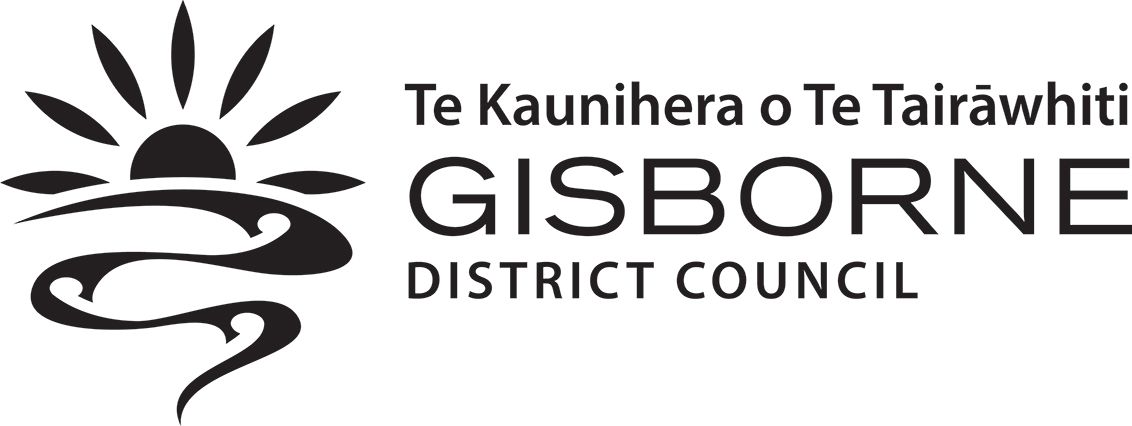We're reviewing our Tairāwhiti Resource Management Plan because it's no longer fit for purpose. It doesn't fully meet current legislative requirements, reflect our community's needs, or uphold our obligations under Te Tiriti o Waitangi.
The plan is a combined unitary plan under section 80 of the Resource Management Act (RMA). It guides how we manage and protect Tairāwhiti's natural and physical resources - including land use and development.
Plan Stop legislation now in effect
The government’s Plan Stop legislation came into effect on 21 August 2025. This means that until 31 December 2027 councils can’t notify new plan changes or reviews unless they have an exemption.
We recognise the urgent need to address issues that reflect our realities here in Tairāwhiti. We will apply for two exemptions so that some of our critical plan changes can continue – the draft Urban Plan Change 6 and our work on transitioning land use.
Why we're reviewing the plan
Tairāwhiti has changed significantly over the past decade. Development, Covid-19, extreme weather events, rising living costs and a changing population have all shifted how our communities interact with the natural and built environment.
Under the RMA, all parts of a resource management plan must be reviewed at least once every 10 years - most provisions are now overdue.
To be fit for purpose, the new plan must align with our obligations under Te Tiriti o Waitangi and our Tairāwhiti Piritahi policy, which promotes and supports Māori participation in decision-making. We need a plan that reflects who we are today - uplifts a modern community for a prosperous Tairāwhiti.
Developing a new Tairāwhiti Resource Management Plan will:
- Protect what is important.
- Provide an aspirational and strategic view and direction that reflects the voice of mana whenua and our communities.
- Enables activities that contribute positively to Tairāwhiti and helps achieve our community outcomes.
- Respond to future change.
Our Long Term Plan includes significant investment to support this review and deliver our freshwater planning programme.
How it's being reviewed
The review is being conducted in 2 phases. Phase 1 from 2021 to 2025 and Phase 2 from 2026 to 2028.
This scope and timeline may be affected by the proposed RMA changes.
Currently there are 4 primary workstreams:
- The Regional Policy Statement sits as the high-level guide. It explains how national policy is applied in Tairāwhiti.
- The Urban Growth workstream includes review of the urban-related chapters, part of the district provisions of the plan.
- The Freshwater workstream includes the Regional Freshwater Plan and the 7 Catchment Plans.
- The Forestry workstream includes forestry and farm plan changes brought forward since the damage caused after cyclone's Hale and Gabrielle.
Timeline for the review
The development of our region's Spatial Plan Tairāwhiti 2050 provides the vision for Tairāwhiti for the next 30 years. We'll use the feedback we received and the aspirations in the Spatial Plan to inform the review.
This includes 4 workstreams
- Review provisions of the Regional Policy Statement to provide the overarching direction and set the scene for the rest of the plan.
- Continued implementation of regional freshwater planning provisions and catchment plans required under the National Policy Statement for Freshwater Management 2020.
- Review the urban-related chapters of the district provisions of the plan. Implement the National Policy Statement on Urban Development 2020 to support urban growth and development planning, including housing outcomes.
- Forestry plan changes brought forward since the damage caused after cyclone's Hale and Gabrielle.
Phase 1 Milestones
- Develop an Implementation Plan for the FDS (July 2024)
- Public Engagement on the Regional Policy Statement challenges (February 2025)
- Public Engagement on the four master plans – one each for Kaiti, City Centre, Awapuni, Elgin (February 2025)
- Public Engagement on Urban Plan Changes and the Regional Policy Statement (February 2025)
We don't need phase 1 approved before moving to phase 2, but everything we're doing in phase 1 will shape what happens in phase 2 and we'll complete most of phase 1 before starting on phase 2.
Phase 2 will include the following regional and district plan provisions.
- Regional Coastal Plan
- Rural matters
- Non FDS/urban related aspects of the District Plan
- Submissions on formal plan changes can be heard by councillors sitting alongside independent commissioners.
- Submissions on freshwater provisions are required to be heard by an independent freshwater panel appointed by a national freshwater commissioner.
We have an ambitious work programme for the plan's review but we’ve put a lot of thought behind it.
Public notification of the proposed changes are planned for 2028.
How is this linked to the Tairāwhiti 2050 Spatial Plan?
Tairāwhiti 2050 (Spatial Plan) is our vision for the next 30 years and provides a good base to launch the review of the TRMP. This includes:
- identification of our region’s key challenges
- our communities’ aspirations, which will provide direction for developing resource management policy.
We intend to refresh the Spatial Plan to reflect the outcomes of the TRMP review and meet the new requirements of the Strategic Planning Act which is under development.
- The updated Spatial Plan will create a more detailed picture of where infrastructure and urban development should go, and priority areas for restoring biodiversity and for optimising land uses.
Video - review of the Tairāwhiti Resource Management Plan
How to get involved in the review
- Check for any open engagements - kōrero mai via our engagement portal
- Ask us a question - email the team at trmp@gdc.govt.nz
- Sign up for Council News | He Pānui - using this form
